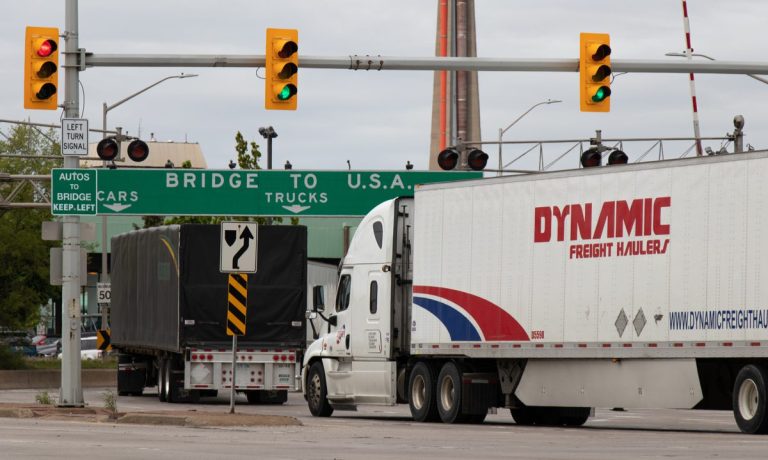
As businesses look to expand abroad, digital modernization can stop bad history from repeating itself.
Aging tech infrastructure and outdated software can hamstring critical business operations and lead to customer and vendor frustrations, even the eventual loss of their business.
This, as “archaic” and “failing vintage” systems are presently sowing chaos across the U.S. airline industry and shining a light on the need to bring company operations into the 21st century.
The lack of resiliency of these incumbent legacy systems — often used for accounting, customer relationship management, billing reconciliations and other operational and back-end needs — when paired with their frequent inability to scale alongside growing business volumes and emergent innovations, means that businesses looking to transact between borders and grow internationally should first take a look at their own tech stack to ensure it is compatible with their growth goals.
Cross-border Complexity
Operations across international borders inherently add layers of complexity to commercial B2B operations, and when organizations have aging systems and outdated tools, they are more vulnerable to those systems’ pitfalls and ongoing compatibility frictions.
Finding and integrating the right cross-border payment solution that meets an organization’s particular needs, as well as the needs of its vendors and partners, is a critical, if often daunting, task.
Any challenges faced with implementation, integration or substandard service levels can separately impact user experience, diminish vendor or B2B partner loyalty, and slow or increasingly even halt international business growth over time.
Additionally, big-ticket B2B sales from abroad bring with them new costs associated with cross-border payments, including higher transaction fees and intermediary and beneficiary bank charges that can multiply quickly.
This makes the adoption of innovative B2B payment methods, as well as automated enterprise systems, mission critical for companies expanding abroad.
As reported by PYMNTS last week (Jan. 12), a growing number of small- to medium-sized businesses (SMBs) are keen to explore tech for the B2B side of their business that improves accounts receivable (AR), particularly as they apply to cross-border transactions.
That sentiment is further supported by research in the new PYMNTS and Payoneer report, “International B2B Payments: A Guide for Entrepreneurs and Digital Businesses,” which found that more than three in four (77%) SMBs are unhappy with their current cross-border payment solutions.
Simplified, streamlined solutions
Just 23% of SMBs say they are happy with their current international payment toolkit, and many are investing in unified platforms as a balm for their woes the study found.
According to the same PYMNTS research, 93% of businesses are “very or extremely willing” to add new technologies that make B2B payments feel more like business-to-consumer (B2C) payments.
The ongoing modernization of global B2B commerce is taking certain key cues from the consumer payment experience by embracing digital and automated solutions to consolidate processes and remove manual labor speedbumps.
Unreliable payments and erratic, cross-border B2B settlement times and frictions — including opacity around international transaction fees — are key barriers to growth for organizations of any size.
Over 10% of U.S. SMBs are concerned about their survival prospects over the next few years, putting the onus on cash flow management to help them stay afloat. Having funds locked up for an extended time as they wait for cross-border reconciliations makes it harder to accurately estimate future cash flows and creates critical planning bottlenecks for businesses operating under slim margins.
Those next generation payment platforms that focus on reducing the pain points of navigating foreign geographies and the challenges of doing cross-border business with new B2B partners will be well-positioned to capture market share as organizations look to simplify and consolidate the digital tools they need to enter new landscapes.
Establishing a robust cross-border network infrastructure that replaces historical payment rails with more modern, transparent and real-time connections offers an attractive and easy win for international business operations plagued by fluctuating currency reconciliations, billing bottlenecks and manual workflow errors.
Efficiency should not preclude compliance, and these next generation tools and dashboards also hold the potential to revolutionize Know Your Customer (KYC) screenings and other B2B client compliance authentications.
Emergent, all-in-one platforms hold great promise for smoothing B2B payment processes. A recent survey of CFOs by PYMNTS revealed near-unanimous support for prioritizing payments digitization in order to meet future challenges.
Once an organization assesses what is needed to modernize its operations and takes those steps, then the world becomes its colloquial oyster.